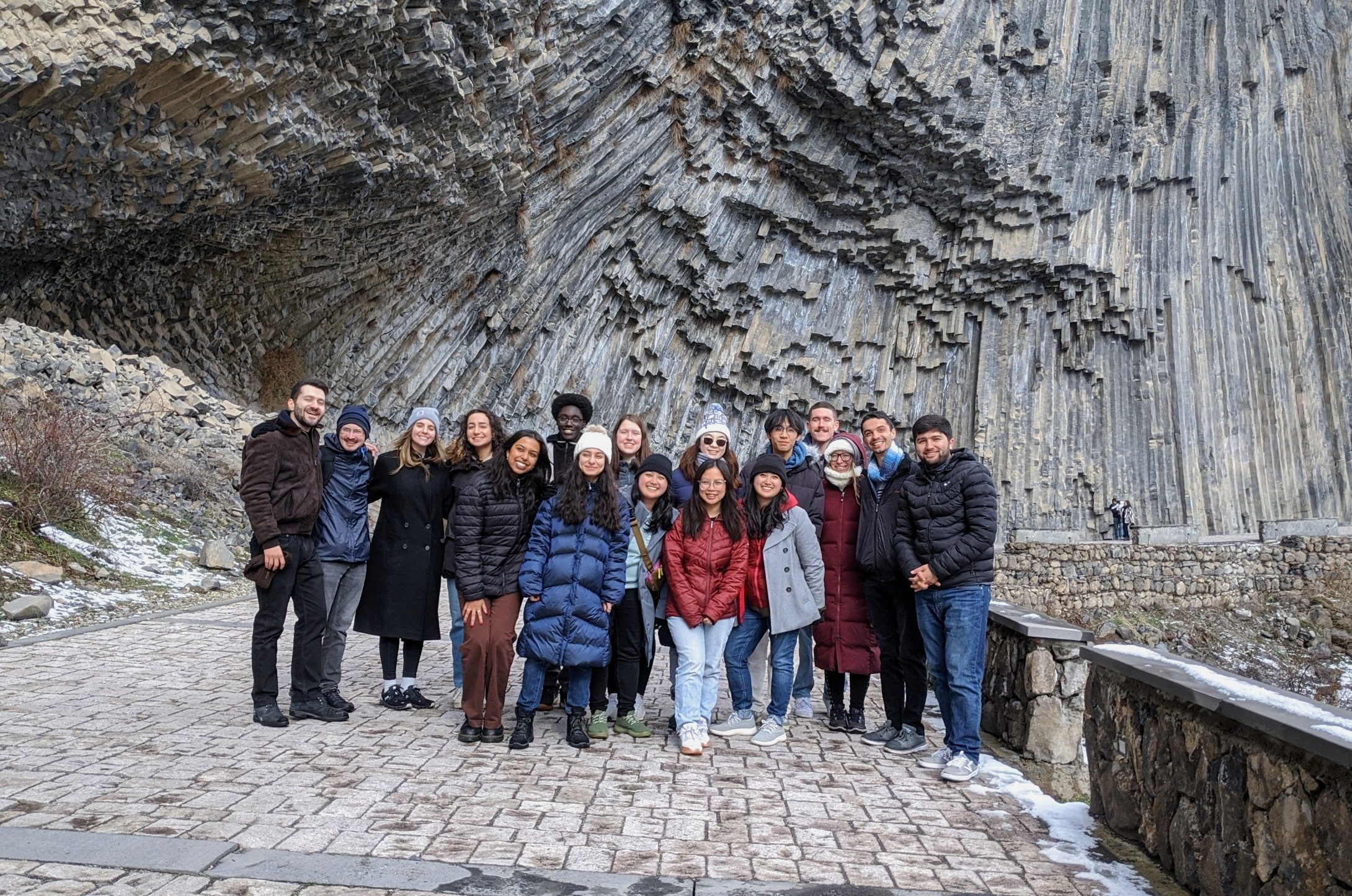I’m a senior at MIT majoring in Computer Science (Course 6-3) and Mathematics (Course 18), currently conducting research in the Learning in Intelligent Systems Group (LIS) advised by Prof. Leslie Pack Kaelbling.
My research goal is to design algorithms that enable a society of AI agents, each capable of autonomously learning and evolving without reaching saturation, ultimately exhibiting complex emergent behaviors. Aligned with this goal, my research interests span reinforcement learning, multi-agent learning, and meta-learning with applications in robotics.
For more details, here are links to my CV and idea book.
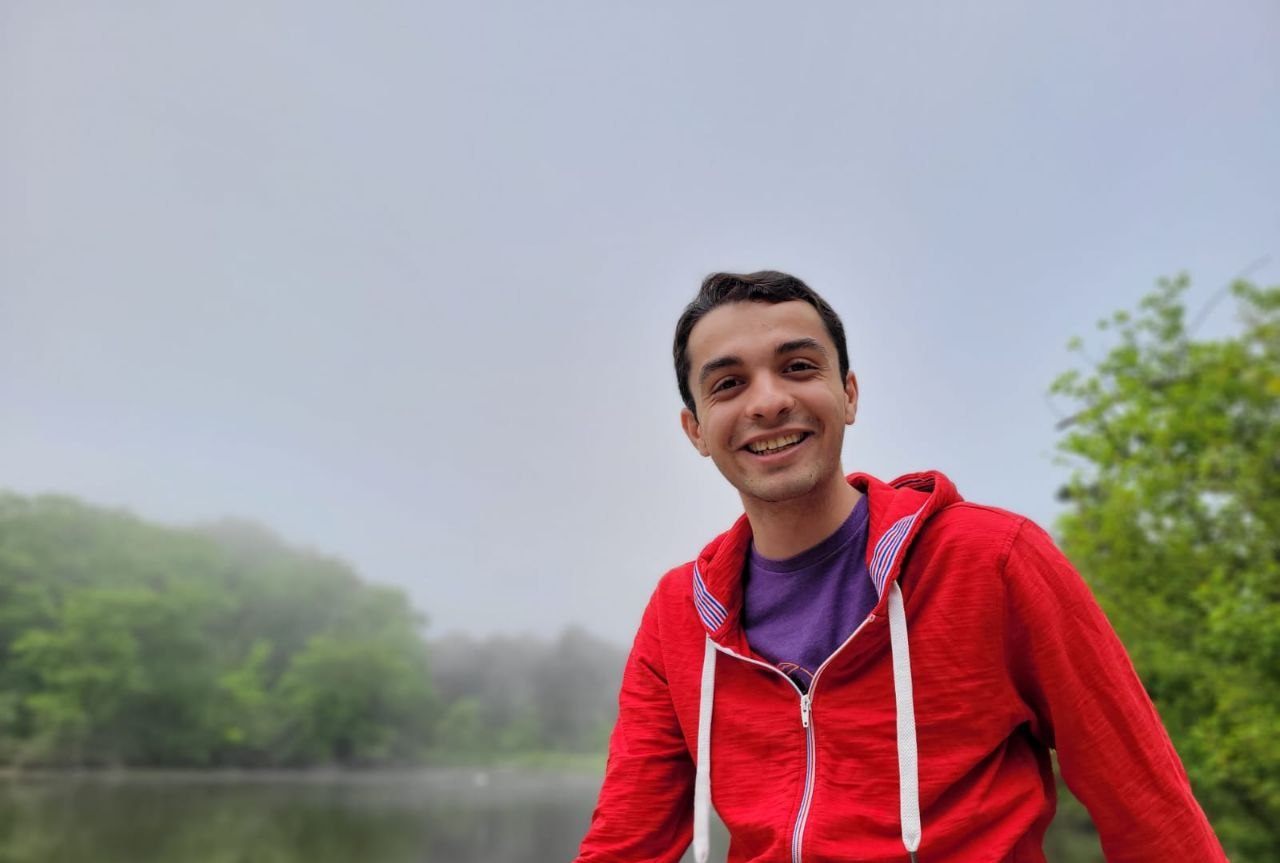
Previously, I was fortunate to conduct research in the Biomimetics Robotics Lab with Prof. Sangbae Kim, where I collaborated with Matthew Chignoli to develop Probabilistic Homotopy Optimization. Additionally, I had the privilege of working with Prof. Stefan Krastanov on the QuantumClifford.jl project as part of Google Summer of Code, and with Prof. Robert Berwick on redesigning the course Natural Language and the Computer Representation of Knowledge.
I have gained valuable experience through internships at Citadel, Google Summer of Code, SIMCON, Carriot, and Abarkelas.
Before transferring to MIT, I studied at Sharif University of Technology where I qualified to participate in 45th Annual ICPC World Finals. I also started and was the main contributor in writing the book Graph Theory for Olympiad in Informatics. I was the main organizer, lecturer, and problem setter for the algorithm course in Iran National Olympiad in Informatics 2021.
During high school, I represented Iran at the International Olympiad in Informatics 2020 and was awarded a Gold medal.
Research Interests
“What magical trick makes us intelligent? The trick is that there is no trick. The power of intelligence stems from our vast diversity, not from any single, perfect principle.“
— Marvin Minsky, The Society of Mind
I am fascinated by the challenge of building AI systems that learn, adapt, and collaborate as naturally as humans do. There are many foundational challenges to solve in order to achieve this vision. Some key areas I’m interested in within this domain:
Open-Endedness and Continual Learning: How can we enable AI to learn continuously, without reaching saturation, in online settings? This includes exploring:
- Designing effective memory mechanisms for in-context learning to retain knowledge and adapt dynamically
- Long Horizon Planning
Composition and Collaboration: Enabling multiple agents or models to work together effectively.
- How can we combine large models using techniques like energy-based approaches?
- Enabling models to communicate across various modalities.
- Since RL struggles in non-stationary environments, how might we design models inspired by game-theoretical approaches? “Deepifying” game-theoretical approaches could provide mathematical guarantees while utilizing the generalization power of deep models.
I am also a strong believer in goal-driven research over idea-driven approaches. Robotics, in particular, presents complex, interactive environments that help define concrete real-world research goals.
Previously, I have been excited about programming synthesis, formal verification, parallel computing, algorithms, and quantum computing. I see significant potential for novel ideas by combining tools from different domains. Diffusion models (Physics + ML) and PDDL (PL + Robotics) illustrate how interdisciplinary approaches can open new avenues in AI research.
Publication and Projects
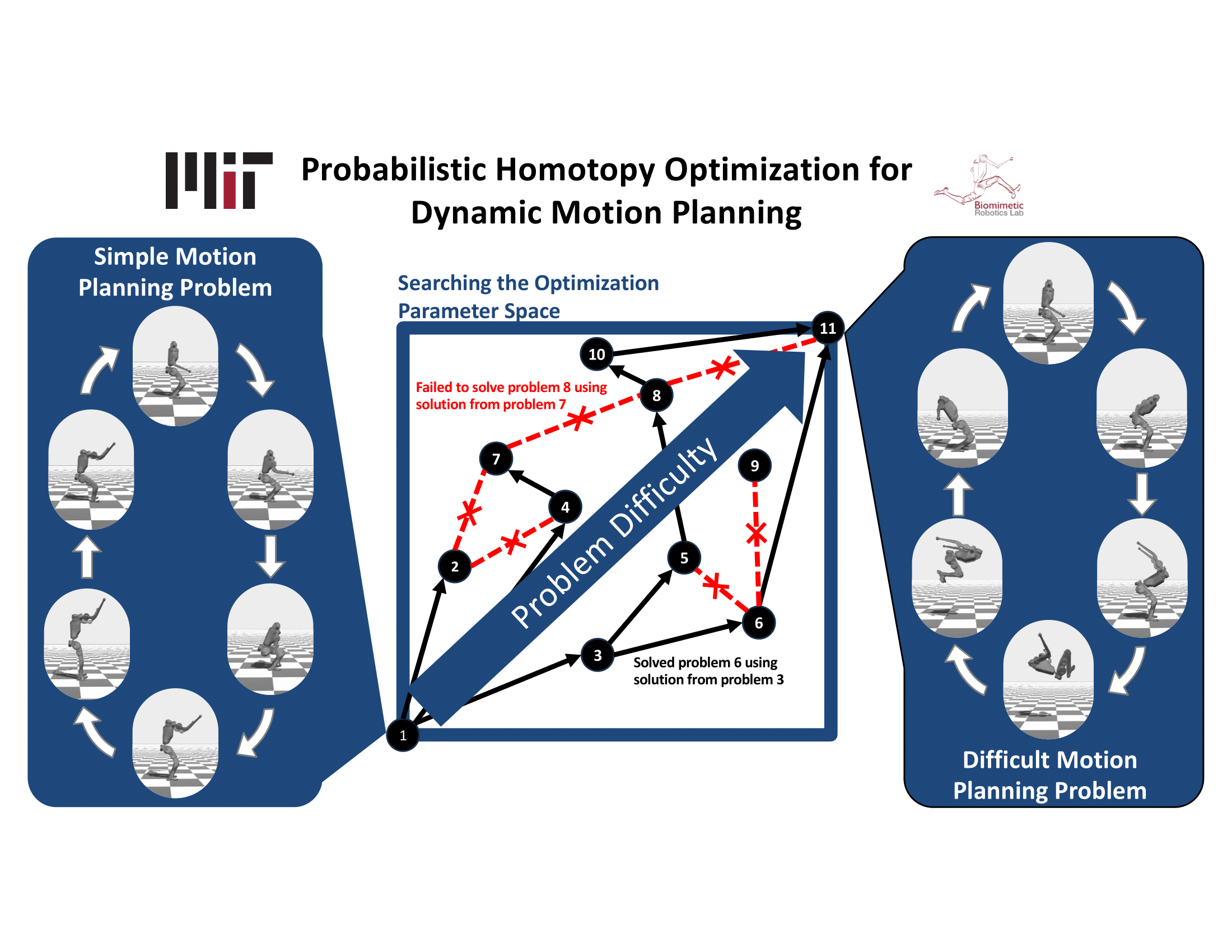
Probabilistic Homotopy Optimization for Dynamic Motion Planning
Shayan Pardis* , Matthew Chignoli* , Sangbae Kim
International Conference on Intelligent Robots and Systems (IROS 2024)
Inspired by Curriculum Learning and Probabilistic Roadmaps, PHO traverses a multidimensional homotopy space and discovers highly dynamic trajectories.
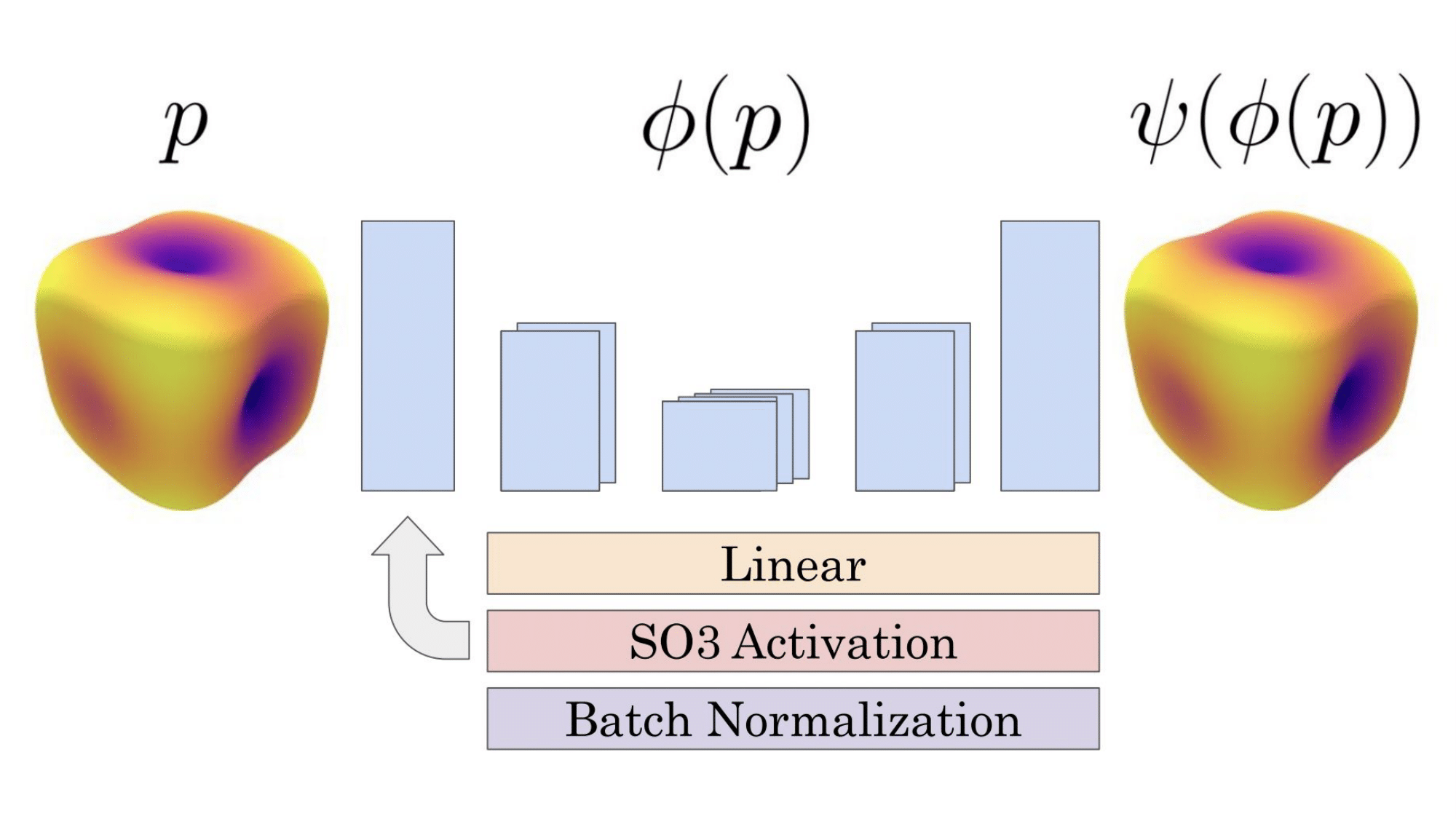
Shape Generation with SO3-Equivariant Auto-Encoders
Designed an SO(3) equivariant autoencoder using spherical harmonics and a latent space traversal that separates rotation from deformation.
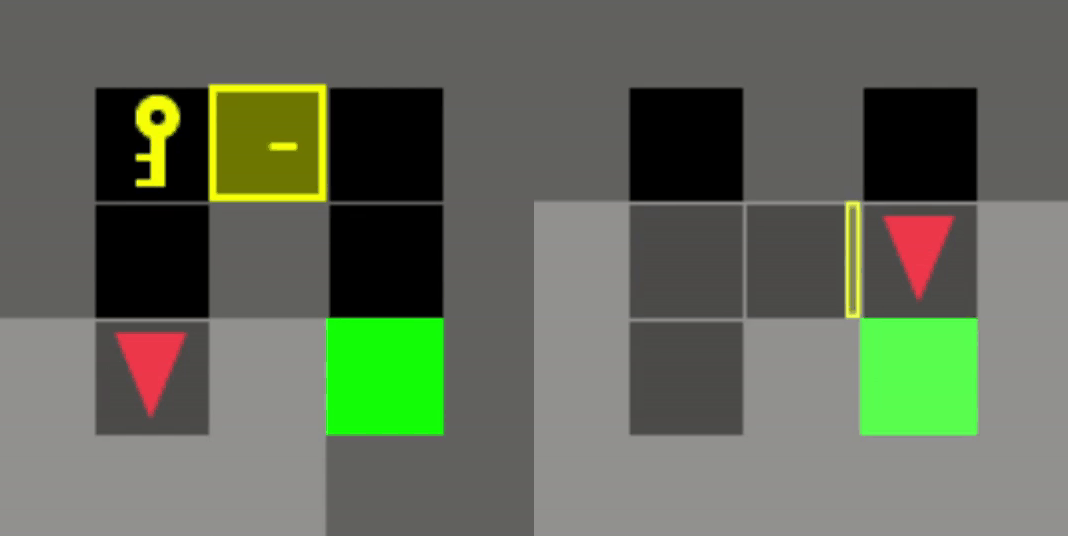
Decision State Space Model
Reimplemented Decision Transformer replacing transformer with S4 model and demonstrated improved performance in credit assignment tasks.
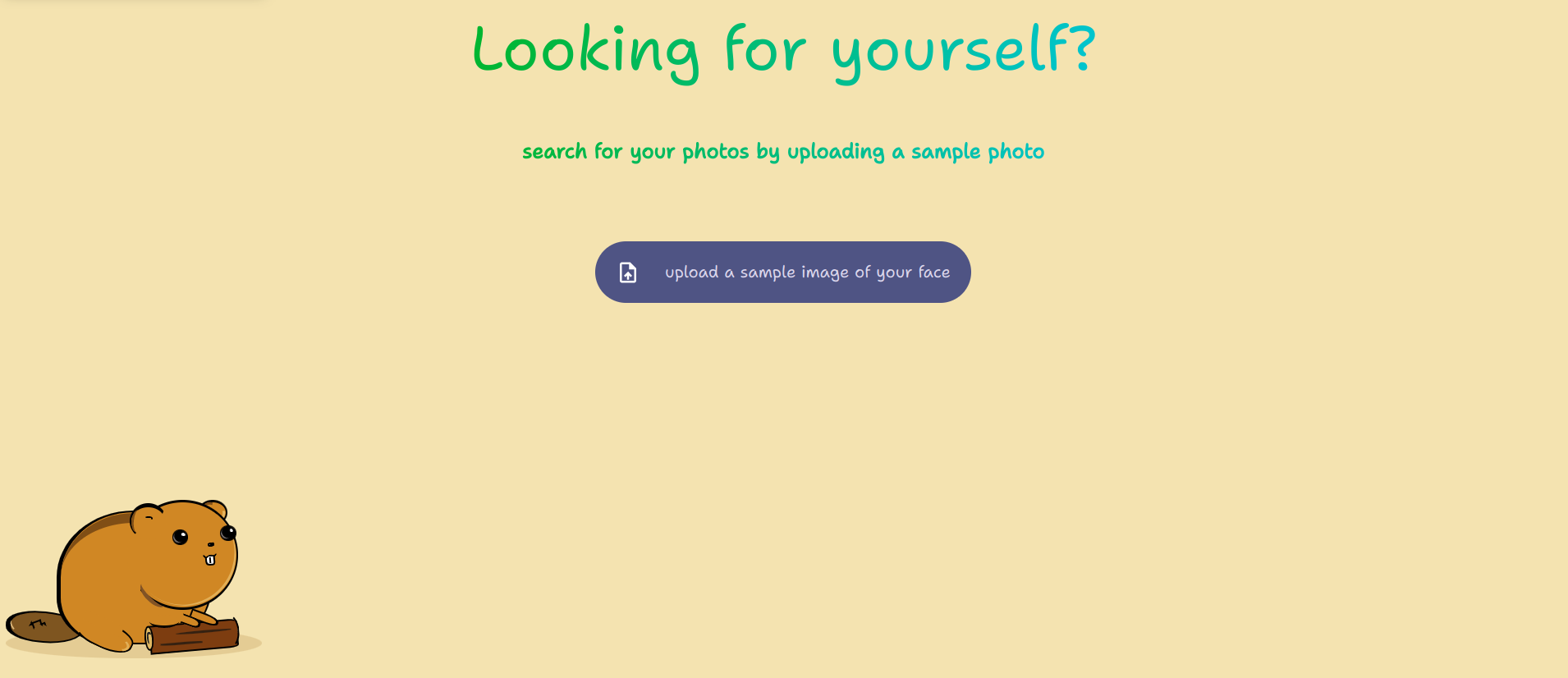
Face Explore
Created a face search engine that uses a custom clustering method on ResNet vector embeddings (unsupervised). The UI is a scalable website.
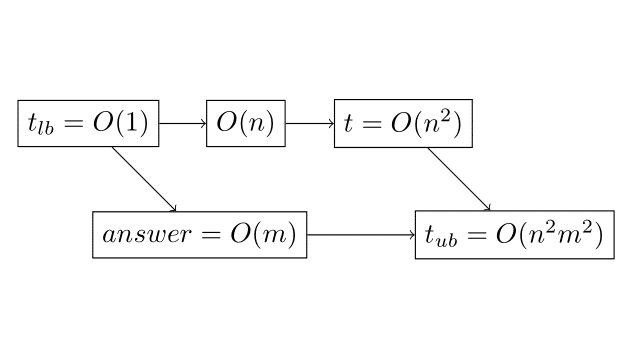
Formal Complexity Verification
Formulated time complexity verification of a program as synthesizing a fix-point function. The demo uses a custom language with Python syntax.

Scripty
Educational tool to track student performance on projects, providing live feedback and tips, and automating infrastructure setup for instructors. Built with Python, DSPy, Kubernetes, and React; won Warp and Orbstack challenge prizes.
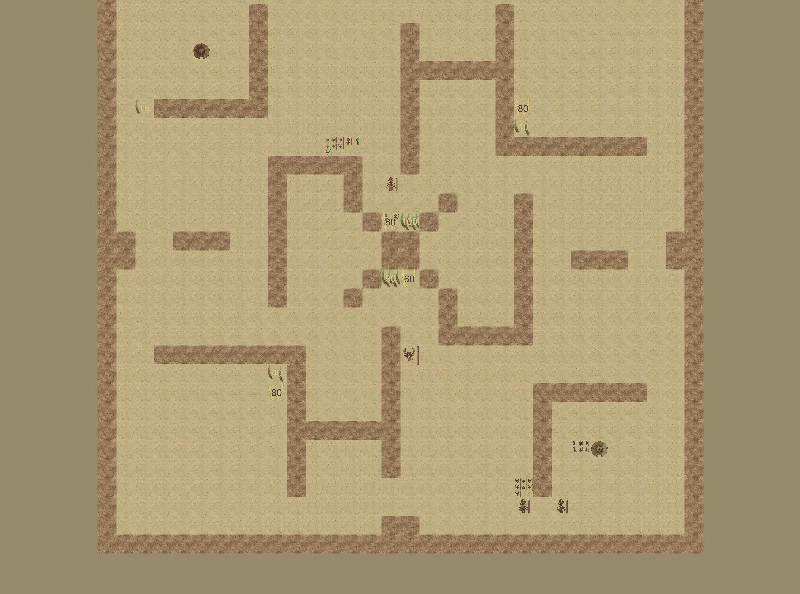
Sharif AI Challenge
Developed AI agents for a multi-agent game, achieving 4th place in the competition. Implemented Huffman coding for cost-effective communication and utilized the A* algorithm for shortest pathfinding on a partially explored map.
Misc
Computational Music
As a natural consequence of my passion for music (I play the violin 🎻) and computer science, I began wondering whether music could be generated using programming, mathematics, and machine learning. I soon discovered that this is, in fact, a whole field. Some of my favorite examples include the work of Iannis Xenakis (think composing with group theory!), and the Stanford Laptop Orchestra (SLoRK).
For the Interactive Music Systems course, my team and I designed MusicLite, a game inspired by the physics of light. In it, players place lenses, mirrors, and even black holes(!) to guide photons to recreating a song. The challenge in the final level is to recreate the song Shape of You.
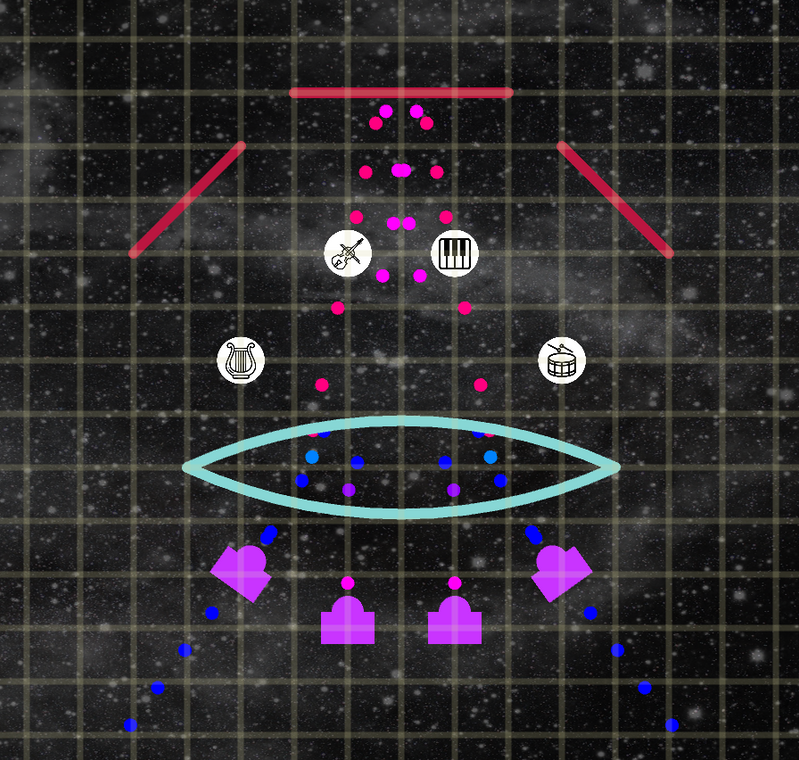
Have you thought about the possibility of automatically searching over the space of music, guided by statistical heuristics, to discover new sounds or even new genres? This thought struck me while reading the paper Compositional Foundation Models for Hierarchical Planning. What if we treat harmony, melody, and lyrics as individual modalities and model the distribution of music as follows:
$$ P_{\text{music}}(\text{harmony}, \text{melody}, \text{lyrics} | \text{prompt}) \approx P_{\theta}({\text{lyrics} | \text{prompt}}) P_{\phi}(\text{melody}|\text{lyrics}) P_{\psi}(\text{harmony}|\text{melody}) $$
Then, by iteratively optimizing each term on the right-hand side, we could approximate the music distribution. Each of these conditional distributions would be modeled by foundation models for lyrics, melody, and harmony. I wonder if Suno uses a similar approach.
then we can optimize the LHS by iteratively optimizing the terms in RHS. Each of these conditional distributions would be modeled by foundation models for lyrics, melody, and harmony. I wonder if Suno uses a similar approach.
Inspiration
Reading Lilian Weng’s blog was a major inspiration for creating this website. I believe that understanding occurs at different levels, and the highest level is being able to explain concepts and ideas to others in a clear way.
Problem Solving
When faced with a math problem, say proving “if $A$ then $B$”, my first step is often to try proving “if $A$ then not $B$.” While it may seem counterintuitive, this trial-and-error approach to generating a counterexample often clarifies why the problem’s assumptions are necessary and through various “aha moments” deepens one’s understanding of the problem. In Prof. Armando Solar-Lezama’s programming synthesis course, I learned that this approach is similar to a method called Counterexample Guided Inductive Synthesis (CEGIS), used in programming synthesis.
For similar reasons, I find that studying cases where ML models fail can be very insightful. These cases either reveal more about model mechanisms or inspire theorems and criteria that contribute to developing more robust models.
Fun
In my free time, I very much enjoy hiking, biking, and reading. A good friend once said “hiking = making friends on easy mode”.
I’m also a fan of Random Biking (it’s basically a random walk on the graph of streets with a bike). At each node, one has to pick the next edge uniformly random. Except that I also use curiosity driven exploration at certain points. Without this, in expectation, I will not go far away from my starting point (the proof is left as an exercise to the reader).
Books and Movies
I highly recommend reading The Midnight Library, Moonwalking with Einstein, and Essentialism.
I also find the movies Good Will Hunting, AlphaGo (documentary), and Her inspiring.
Finally, I think any researcher needs to read Richard Hamming’s You and Your Research (also youtube).
Random
